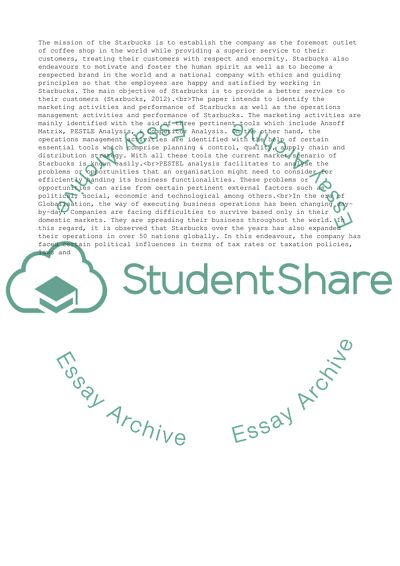Cite this document
(Starbucks-history and strategy development Essay, n.d.)
Starbucks-history and strategy development Essay. https://studentshare.org/business/1797741-starbucks-history-and-strategy-development
Starbucks-history and strategy development Essay. https://studentshare.org/business/1797741-starbucks-history-and-strategy-development
(Starbucks-History and Strategy Development Essay)
Starbucks-History and Strategy Development Essay. https://studentshare.org/business/1797741-starbucks-history-and-strategy-development.
Starbucks-History and Strategy Development Essay. https://studentshare.org/business/1797741-starbucks-history-and-strategy-development.
“Starbucks-History and Strategy Development Essay”. https://studentshare.org/business/1797741-starbucks-history-and-strategy-development.


